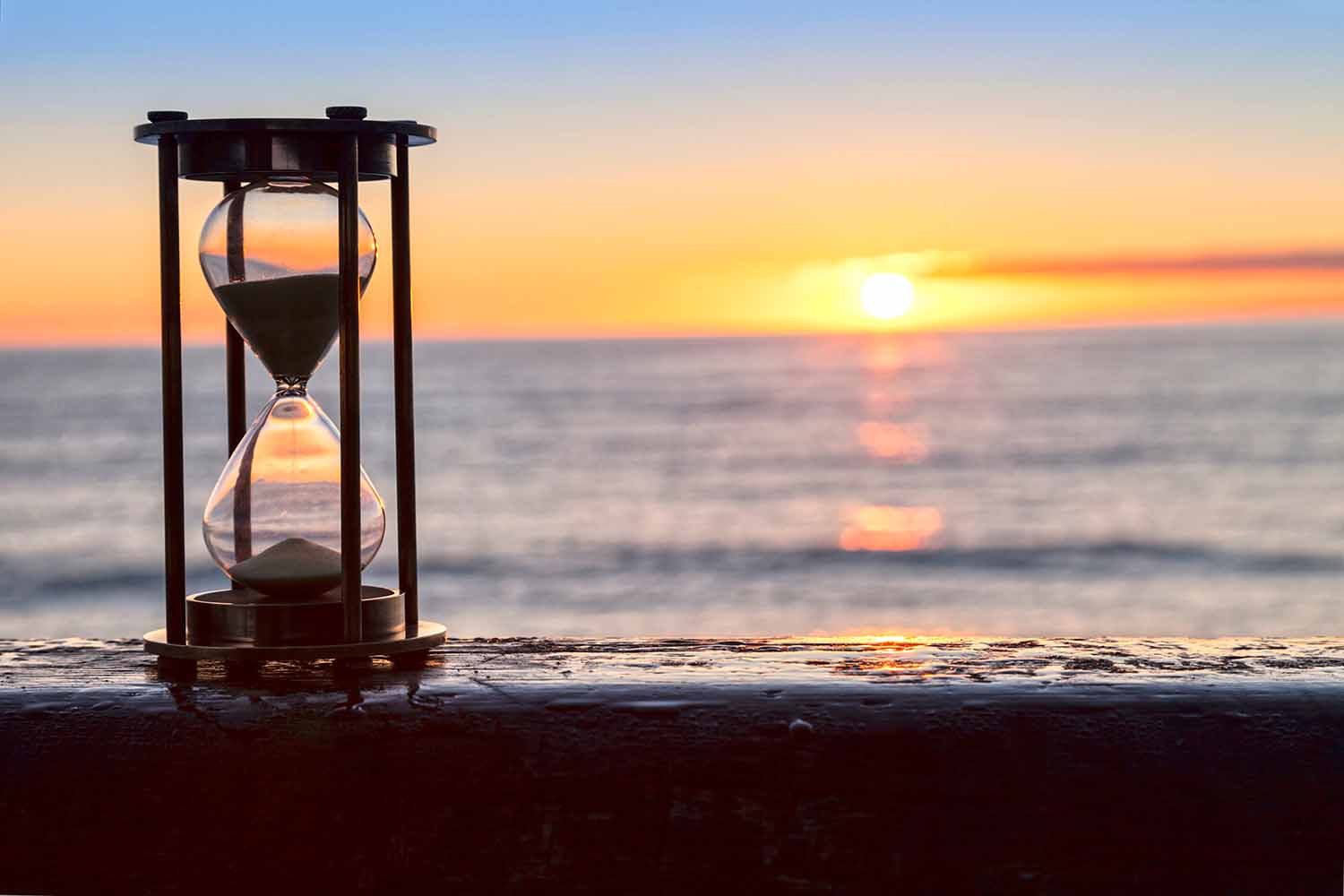Before the invention of technology such as global positioning systems (GPS) and radio communication, mariners had to navigate their way across waters by other means.
The earliest seafarers followed shorelines, landmarks and the sun and stars to determine their course. Some even measured a vessel’s progress by multiplying the time passing (measured with an hourglass) with the number of seaweed pieces they passed. And without satellite networks or radio transmissions, ships resorted to a series of flag signals to communicate with each other at sea.
Although enterprising, these techniques were neither reliable nor accurate. Since then, the maritime industry has embraced digitisation to improve these processes, collecting data and sharing positioning information to help track ships, determine safe routes and monitor vessel performance — even in remote or deep-sea locations. Maritime digitisation has also become integral to automation and decarbonisation in the industry — a crucial consideration in the current climate.
So, how do remote monitoring systems improve safety and functionality for vessels and aids to navigation (AtoN) equipment?
Applications for remote monitoring technology
In hard-to-reach locations and during the winter months when sea conditions are often dangerous, it can be difficult and impractical for engineers and maintenance technicians to access challenging areas with the equipment they need to make unscheduled checks and repairs. For example, offshore wind farms may present issues like slow and uncomfortable transit and uncertain access once on site.
With IoT-enabled satellite linking and video technology, maintenance experts, equipment manufacturers and crew can analyse and discuss problems as they arise while eliminating the need to travel to the site and deal with logistical access challenges. This technology can also facilitate support, training and even medical assistance onboard vessels, which traditional methods cannot reach.
As such, installing remote monitoring equipment minimises the number of tasks that require physical human intervention — and the likelihood of a fault or human error occurring — through the convenience of mobile apps and computers.
GPS equipment also provides accurate positioning information and helps to charter a safe course. Maritime traffic and vessel positioning are determined using GPS and automatic identification systems (AIS), which exchange data with shore-based facilities.
And thanks to advancements in cloud-based technology and the internet of things (IoT), transferring and storing data from surrounding environments and onboard machinery can be done accurately, remotely and in real-time. Through these connected networks of sensors, marine professionals can automate monitoring processes to record and report relevant data — from fuel economy and engine performance to surrounding weather and water conditions.
A digital frontier for marine management
Maintenance issues and downtime on marine vessels will significantly impact a company’s bottom line. So, it is no surprise that the marine industry is rapidly adopting digitisation and remote monitoring to help crew identify and repair minor faults before they escalate into a larger problem, reducing the likelihood of a disaster.
Not being able to visit sites or board vessels to conduct routine maintenance and analysis during the pandemic triggered a surge in interest for remote monitoring and servicing equipment. Just as businesses have realised employees can operate from home, the maritime industry has seen that in-person intervention is not always necessary and may even incur unnecessary costs and logistical headaches. Instead, the ability to track the movement of assets, monitor system health and collect a consistent stream of data from the safety of the shore is a great advantage.
Hydrosphere supplies a range of energy-efficient, durable and low-maintenance AIS and remote monitoring products for reliable and accurate monitoring of systems and software in marine applications. Sensors can be installed in the field and mounted on marine AtoN to collect and communicate data from different variables — from waves to weather.
For example, HydroWatch is a programmable interface used to monitor and control equipment status, take inputs from external triggers such as alarms or voltage inputs or communicate with instrumentation and transmit data. The Sabik LightGuard Monitor and mobile app can monitor coastal sections or large seaports with hundreds of objects and smaller working ports or marinas with only a few stations. Its modern, straightforward interface displays relevant data for each station, and the intelligent app allows users to access information anytime, anywhere.
We understand the unique challenges of operating technology in marine environments. Get in touch to discuss our AIS and monitoring solutions today.








